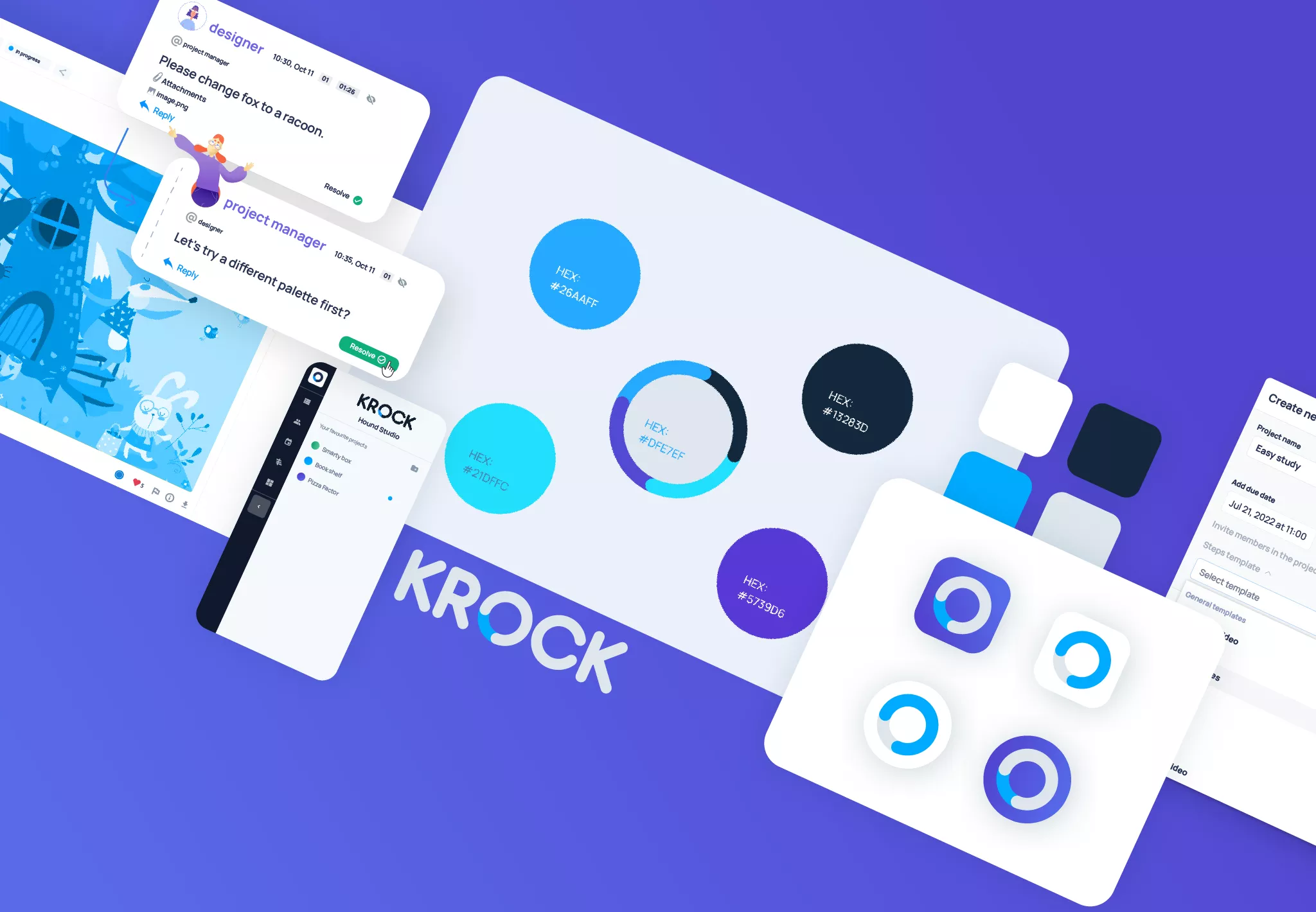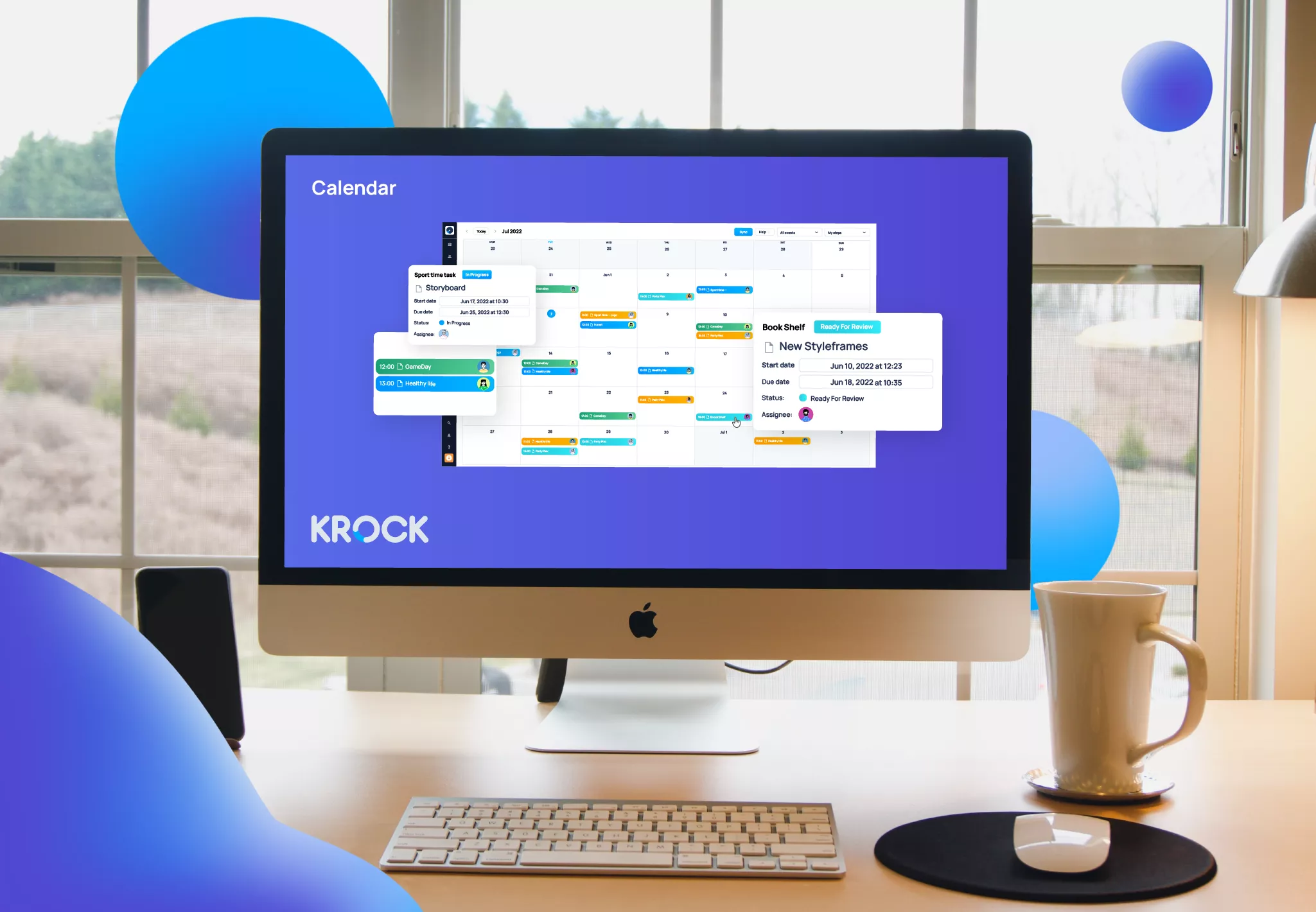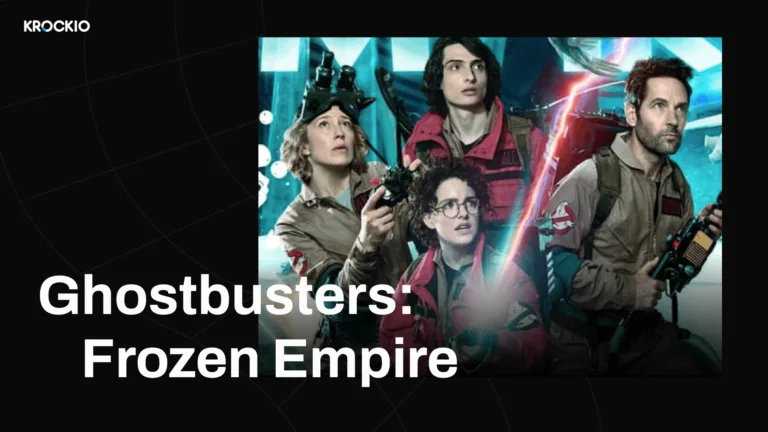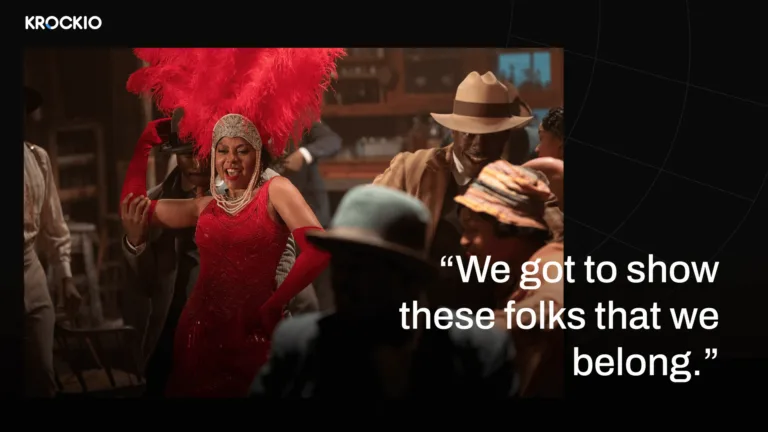A brand brief is a source of inspiration and information, describing the way main brand constants should be used. An approach described in a brand brief is actually an approach to brand communication with the world — an integral image of the brand just the way people perceive it.
Let’s take a look at the book each brand should write to make a difference and learn how to do it correctly, so in 5-10-15 years, it should still help your brand be a bestseller on the market! This article will cover the most important matters related to the Brand Brief, including:
What’s the difference between a Brand Brief and a Brand Guide?
When we are talking about a classic brand guide, we usually have in mind a really big document that includes the following information:
- The philosophy of the brand, its history, mission, and positioning principles
- Brand naming with different options & variations, a slogan, and internal & external communications guide
- Tone of Voice
- Set of corporate style elements as well as the rules of their proper use
Some people use the term “brand brief” to refer to a brand book, featuring a catalog of branded elements and guidance on how to use logos, colors, patterns, fonts, illustrations, etc. While actually, this document would rather be a brand guideline — a very formal, practically precise document.
The brand brief, in turn, will consist of two main parts:
- The brand description on the level of senses & message
- Design guidelines with a guide on how to use the branded elements
The most important thing to keep in mind when working on your brand brief is to mention both general directives on the brand character and specifics of its activities.
Only then, you can move to the brand’s a visual style guide and the way the brand is presented visually.
3 main brand components:
- Brand base (values and philosophy, story and objectives)
- Brand positioning (principles & channels, Tone of Voice & main messages)
- Branding main elements
Now if you find terms like “brand manual”, “brand guide” (identity or style), or “guideline”, then it’s just the second part of the brand brief that we are talking about today.

Brand Book
What companies need a brand brief?
Brand brief design is one of the most demanded services in branding agencies. By having a brand brief, a company can really save time and money because they get a document that helps explain tasks and their format to all the contractors, experts, employees, and partners they are working with. The brand brief keeps an integral and complete sense of the brand for all types of brand communication.
What are the objectives of a brand brief?
The main objective of having a brand brief is to support the brand image as well as to systematize all its components, both ideological and visual. This is a working tool for company employees (designers, marketers, PR experts, HR specialists), and contractors (freelancers, design agencies, and web studios).
The 3 main objectives of a brand brief, as it goes, are:
1. Explain, show & teach.
A brand brief will have values, messages, and positioning principles described, as well as brand logic and architecture. Those elements form context and explain why corporate standards are just as they are. In this way, a brand brief helps company workers professionally promote brand goods & services, consult clients & customers, and shape the corporate spirit of the company.
Using a Brand Brief correctly one can clearly and easily present brand identity both inside (to company employees) and outside (customers, media, partners). Moreover, when all elements, explanations, and guidelines on how to use brand identity are collected in one place, they form a kind of a corporate study book—a wiki of your brand. Experts from different departments will not get confused: marketers, designers, and sales managers will all broadcast the same brand values. The brand’s mission and values will be reflected in all aspects of communication with the audience.
2. Form an integral image of the brand.
Each Brand Brief contains a section with examples of printed materials, corporate uniforms, and mockup presentations. Each time a company has a new project, product, event, or ad, they are all designed in the brand style.
3. Make work faster and more efficient.
For example, instead of explaining the peculiarities of a brand to employees, it is enough to let them read your Brand Brief. For every element a company needs (product packaging or business presentation), there will be a template in the Brand Brief so it can be completed ASAP.
4. Help design branded elements.
Both brand fonts and colors can be chaotically mixed—there are rules and examples in your brand brief. The logo should also be used in the proper way: with the correct background and spacing. Those guidelines will help content managers, SMM experts, designers, and marketers keep branded style perfect.
Who creates a brand brief?
The process of creating and designing the brand brief involves multiple experts. The main team appears as follows:
- Marketer
- Strategist
- Art director
- Copywriters
- Designers
The project team develops the brand’s concept, brand strategy, and visual communications of the brand and, afterward, combines all the information into one guide — your Brand Brief.

Character Design
How is a brand brief created?
To create a truly high-quality and efficient document that will be used for a long time, experts follow a multistage process:
- Deep Audit of the brand’s business, market trends, and audience. Moodboards and references for the visual part start being collected at this stage as well.
- Results of the research are used to create the brand platform — a structure with brand image, character, values & communications style.
- The brand platform becomes a base for further creation of visual elements—brand identity. Designers usually start active work at this stage.
- All the elements are collected and put in an order with clear descriptions and guidelines on how, where, and when they can be used.
- When the Brand Brief is ready, it is printed and distributed between company departments and contractors. If the company has been properly branded before, then steps 1 and 2 are usually missed or just updated in order to refresh the brand.
What’s inside a brand brief?
Now that we clearly understand the concept and importance of the brand brief, let’s take a look at its key components.
Brand Vision
Here you should briefly state the vision of your brand and mention its long and short-term objectives.
- Unique selling offer
- Solutions your brand provides to its audience
- Reasons to create those solutions
- Peculiarities of brand positioning and approach.
Brand Mission
This section should include a brief summary of your brand action plan on the way to its objectives.
“Mission” is a brief statement, but it makes sense only when the context is clear:
- Describe your brand’s target market
- Complete portraits of your customers and clients
- Include Customer Map Journey if available, or create one.
Brand messages and promises
These are the solutions that you are going to give to your audience, shaped with the right words.
- List the reasons for the customer to choose your brand over another
- Work on those words to make sure they are not only easy to remember but also easy to understand
- Check if your messages are inspiring and unique.
Brand ‘Unique’ Selling Proposition
You have briefly described it already. Now it’s time to split it into all its main components and describe each in detail.
- List your brand beliefs and values
- Prove your USP does not contradict your brand values
- Mention how each employee can help deliver a predefined USP.

Brand Identity
Brand competitors & competitive advantages
List your Top 3 competitors and describe how and why you are different. You might have a strategy to beat them or to partner with them. Make sure your approach is clear.
- Name your main competitive advantages and if you can keep them in different conditions (for example, being low on resources)
- Mention your principles of corporate ambiance maintenance
- Compare your product/service with those of competitors—make the difference easy to understand.
Brand Culture & Voice
In what way are you and those who represent your brand going to communicate with everybody around you? Time to write a guideline on communications—create your brand. The Tone of Voice: tone, words, phrases:
- Shape the uniqueness of your brand in words
- Describe your brand ambassadors & their main features
- Mention how to react to sharp comments, how to joke, how to apologize, and how to ask for something
- List your work ethics principles & complete a code of conduct
- Mention if the communication patterns should differ from a platform/channel.
You may write or amend a document that can include all the essential details about your brand and assist in expressing its message and proposition in the best way by paying attention to these 6 key components of a successful and efficient brand brief. Use the power of it to keep on writing history with your brand.
If you’re having any trouble or need any help, let us know.









